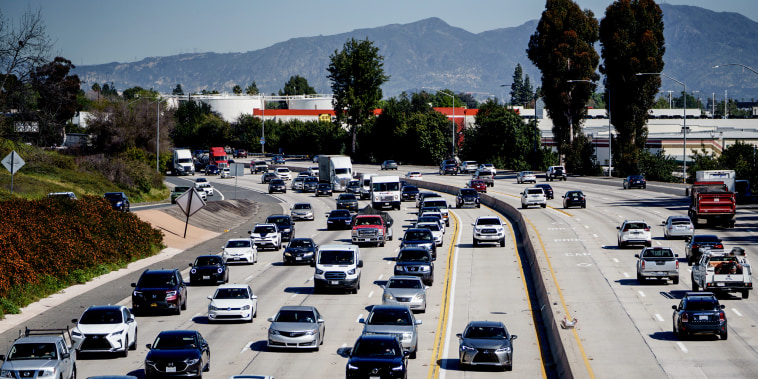One of the lesser-known yet significant factors that drive inflation is the auto insurance industry. With cars becoming more advanced and more numerous on the roads, auto insurance prices have undergone considerable fluctuations, causing economic ripples in millions of households. This article delves into how motor insurance charges have accelerated inflation.
The first key aspect that needs understanding is how the auto insurance industry impacts inflation. Inflation is characterized by rising prices across a range of services and commodities over time. One of these is the insurance sector, covering life, health, and vehicle insurance. Auto insurance policies are a significant monthly expense for car owners, often falling in the range of basic utilities like electricity and internet. When the rates of such a widely used service increase, it directly contributes to a cost of living hike, thereby contributing to inflation.
Insurance premiums are constantly adapting to risks, which themselves are evolving with time. The complexities of today’s cars—filled with high-end electronic systems, sophisticated engines, and expensive components—have brought about hikes in repair costs. For insurers, higher repair costs can translate into higher claim amounts, which they in turn safeguard themselves against by implementing price rises.
In the same vein, increased road traffic often leads to a higher risk of accidents, compelling insurers to beef up their premiums. The domino effect of this sequence—traffic enhances risk, which elevates insurance costs, affecting the end consumer—becomes a catalyst for inflation. A persistent rise in auto insurance can cause a domino-effect to the overall Consumer Price Index (CPI), an indicator used to measure inflation.
Moreover, legislative changes can affect the cost of vehicle insurance as well. Legislators are constantly updating laws to ensure the safety and rights of motorists. For instance, when a new law requires insurance covers to be more comprehensive, it naturally results in costlier policies. These legal developments reflect directly in the insurance buyer’s pocket and indirectly into the economy as inflation.
The insurance industry’s role in digitalization also changes the cost landscape. While digital transformation is often associated with cost reduction due to automation and improving process efficiencies, in the initial stages, it can lead to cost inflations. The implementation of high-tech equipment, training of personnel, upgrading security measures among other processes could lead insurers to shift these costs onto consumers in the form of higher premiums.
Lastly, the phenomenon of fraudulent claims has forced insurers to evolve their pricing. Insurance fraud is a major source of losses for insurers, and to mitigate these, they often resort to increasing premiums. This rise in insurance costs due to fraud also culminates in the inflationary pressure caused by the auto insurance sector.
While auto insurance is essential for every motorist, the fluctuations in its pricing structure have significant macroeconomic effects. These price hikes add fuel to inflation in ways that affect the average driver and the nation’s economy. Coherent policies, efficient fraud detection methods, and well-planned digital transformations will be crucial in ensuring that auto insurance, which serves as a safety net for millions of drivers, doesn’t turn into an economic burden.




